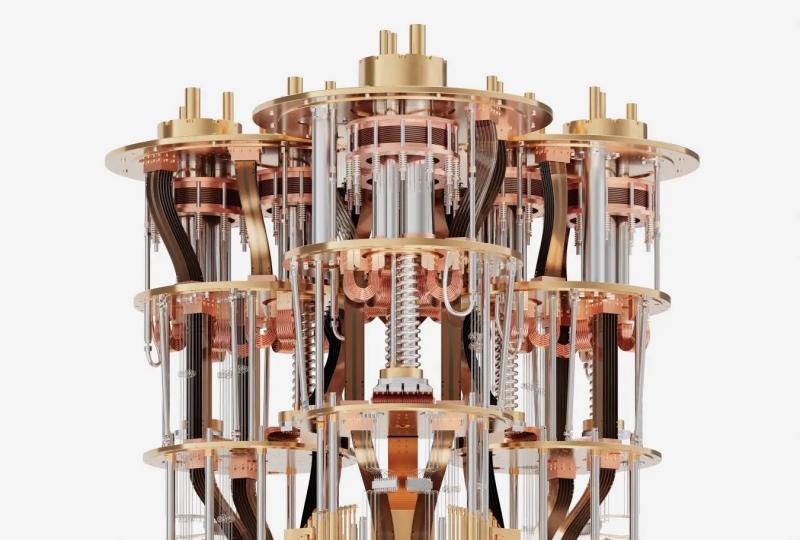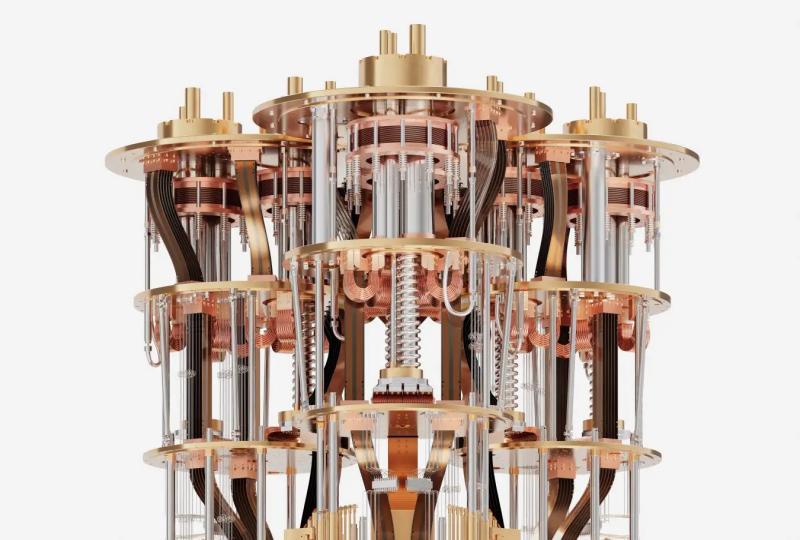Quantum Computer Architecture: A Complete Overview
2025.06.06 · Blog quantum computer architecture
Quantum computers are revolutionizing computation by solving problems intractable for classical machines. But what powers these cutting-edge systems under the hood?
In this ultimate guide, we explore the architecture of quantum computers—how they're built, how they function, and what makes them fundamentally different from classical computers.
What Is Quantum Computer Architecture?
Quantum computer architecture refers to the structural design and operational blueprint of a quantum computing system. It includes both hardware components (like qubits and quantum gates) and control systems that enable quantum operations and error correction.
Much like classical computer architecture (e.g., CPU, memory, buses), quantum architectures have their own layers—but designed for quantum mechanical behavior such as superposition, entanglement, and decoherence.
Key Components of a Quantum Computer
1. Qubits (Quantum Bits)
The foundational unit of quantum information. Unlike classical bits (0 or 1), qubits exist in superpositions of 0 and 1.
Common types of qubits:
-
Superconducting qubits (used by Google, IBM)
-
Trapped ion qubits (used by IonQ)
-
Photonic qubits (used by Xanadu)
-
Spin qubits (used by Intel and SpinQ)
2. Quantum Gates and Circuits
Quantum gates manipulate qubits using operations like Hadamard, CNOT, and Pauli-X/Y/Z. These gates are assembled into quantum circuits that perform algorithms like Shor's or Grover's.
3. Quantum Processor (QPU)
The quantum equivalent of a CPU. It houses multiple qubits and provides connectivity between them via gate operations.
4. Quantum Control System
A classical system that generates precise microwave pulses, lasers, or voltage signals to control qubit states and timing of quantum operations.
5. Cryogenic or Environmental Systems
Most quantum computers require near absolute zero temperature to minimize decoherence and noise (especially for superconducting systems).
6. Quantum Error Correction
Due to qubit fragility, error correction is essential. It involves encoding logical qubits using multiple physical qubits and using codes like surface codes or Bacon-Shor codes.
Layers of Quantum Computer Architecture
Quantum architecture is typically organized in a stack, from physical to algorithmic levels:
|
Layer |
Description |
|
Physical Layer |
Qubits, materials, connectivity, cooling systems. |
|
Logical Layer |
Encoded logical qubits and error-correcting schemes. |
|
Control Layer |
Pulse generation, feedback, calibration, gate execution. |
|
Compiler & Software |
Converts high-level algorithms into optimized gate-level instructions. |
|
Application Layer |
End-user interfaces for tasks like simulation, optimization, and encryption. |
Examples of Quantum Architectures by Leading Companies
IBM Quantum (Superconducting)
-
Modular approach using Eagle, Osprey, and Condor chips.
-
Emphasizes heavy-hex lattice connectivity.
Google Quantum AI
-
Uses surface code-based architecture for scalability and error suppression.
SpinQ (Superconducting and NMR-Based Architectures)
-
Superconducting Quantum Architecture : Designed for industrial-scale quantum computing, this architecture supports high-fidelity qubit operations, scalability, and integration with real-world applications such as quantum chemistry, optimization, and financial modeling.
-
NMR (Nuclear Magnetic Resonance) Quantum Architecture: Primarily used in educational and entry-level research settings, NMR-based quantum computers developed by SpinQ, such as the Gemini and Triangulum series, are fully integrated, compact, and operate at room temperature. These systems are ideal for quantum education, enabling hands-on learning and experimental practice without the need for cryogenic infrastructure.
IonQ (Trapped Ions)
-
Fully connected qubit topology with high gate fidelity.
Xanadu (Photonic Qubits)
-
Uses light-based qubits, aiming for room-temperature quantum computation.
Challenges in Quantum Computer Architecture
-
Scalability: Moving from tens to millions of qubits.
-
Error Correction Overhead: Requires many physical qubits for one logical qubit.
-
Decoherence: Qubits are fragile and easily disrupted by their environment.
-
Connectivity: Ensuring efficient entanglement and communication between qubits.
The Future of Quantum Computer Architecture
Researchers are exploring:
-
Modular quantum systems
-
Cryo-CMOS for efficient control at low temperatures
-
Quantum-classical hybrid architectures
-
Topological qubits for fault-tolerance
The goal: create a scalable, fault-tolerant universal quantum computer capable of solving problems in chemistry, cryptography, machine learning, and more.
Conclusion
Quantum computer architecture is a complex yet fascinating domain that merges physics, engineering, and computer science. As hardware matures and software stacks evolve, these architectures are moving closer to powering the next computing revolution.
Whether you're a student, researcher, or tech enthusiast, understanding how quantum computers are architected provides a crucial foundation for exploring the future of computation.
Suggested Readings:
Featured Content






